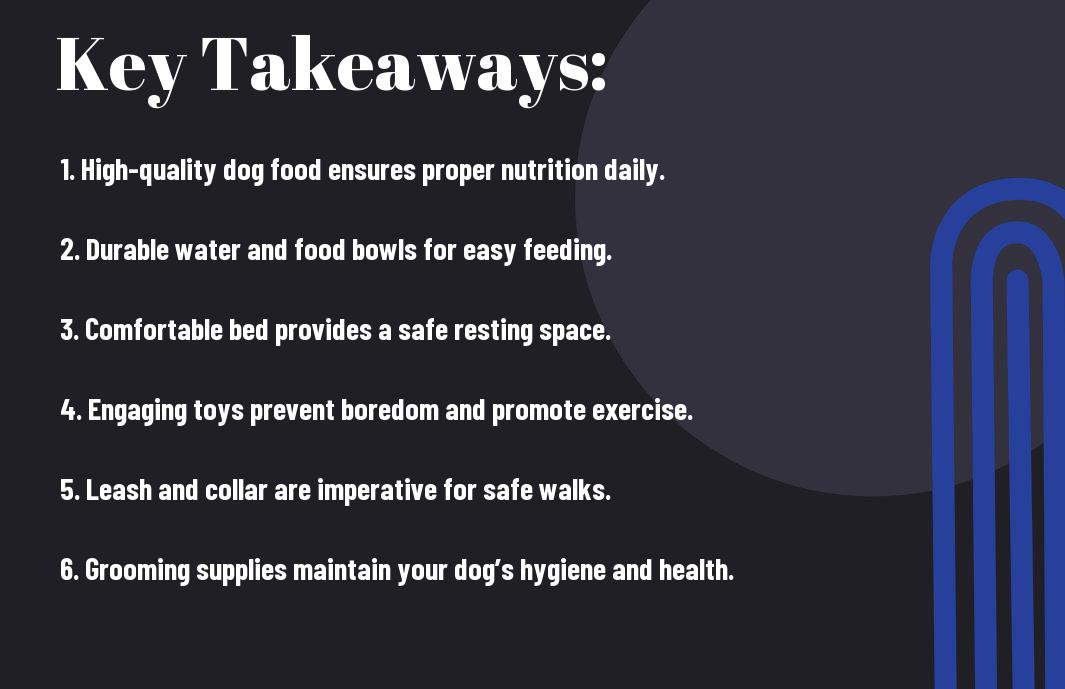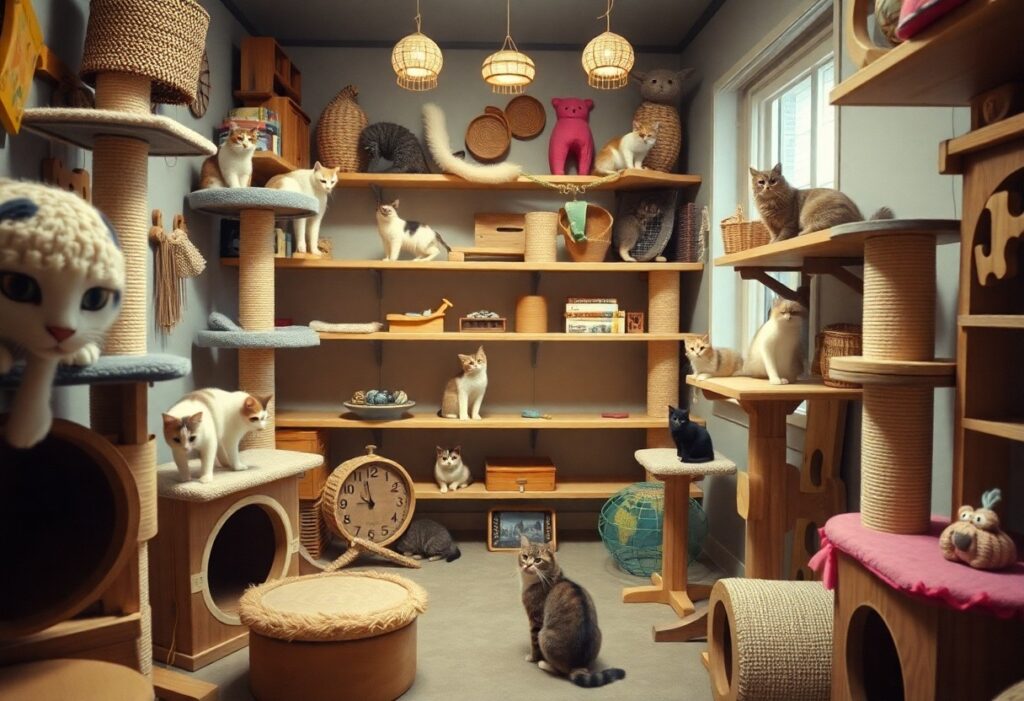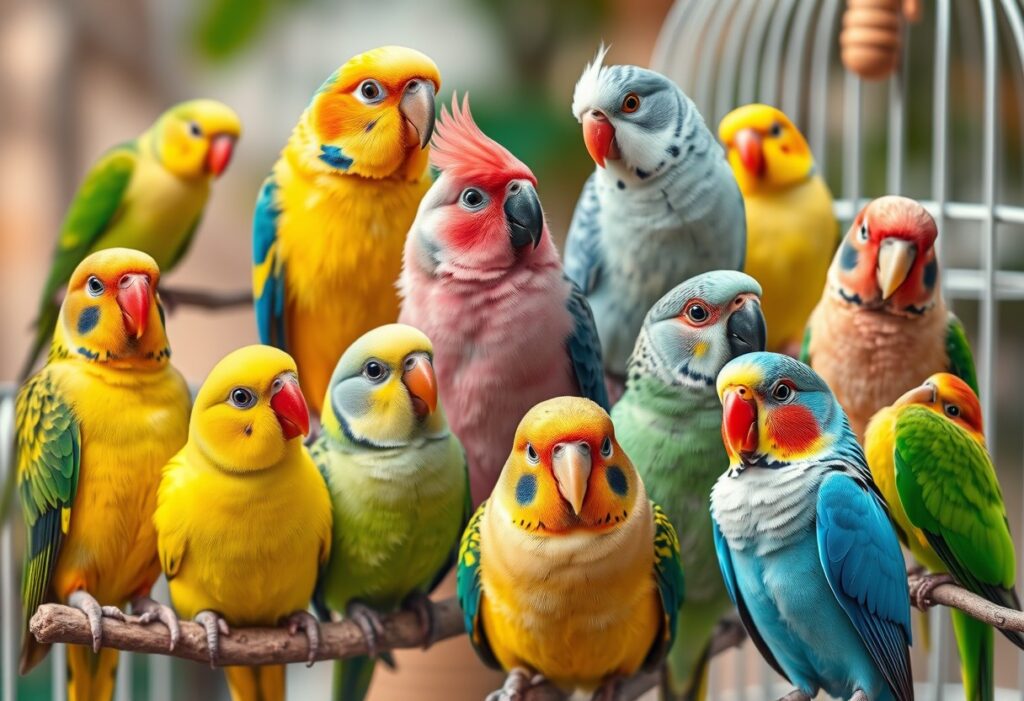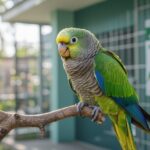Just like you want to create a comfortable and safe environment for yourself, your bird deserves a spacious living area where it can thrive. Transitioning your feathered friend from a cage to an aviary requires careful planning to ensure their well-being and to minimize stress. This process not only promotes healthier behavior but also encourages social interaction and mental stimulation. In this guide, you’ll discover the crucial steps to make this transition smooth and successful for both you and your avian companion.

Understanding the Benefits of Aviaries
While transitioning your bird from a cage to an aviary can seem daunting, it is important to understand the numerous benefits that aviaries offer. An aviary is not just a larger space; it is a carefully designed environment that can significantly enhance your bird’s quality of life. By making this transition, you are providing your feathered friend with a more natural habitat, allowing for greater stimulation and engagement. These benefits will not only improve their physical health but also their psychological well-being, creating a happier and healthier pet.
Enhanced Freedom for Your Bird
Freedom is one of the most compelling advantages of an aviary. In a cage, your bird may feel confined and restricted, leading to stress and behavioral issues. An aviary provides an expansive area for your bird to move around freely, fly, and exercise, which is important for its physical well-being. This enhanced freedom allows your feathered friend to engage in natural behaviors, such as perching, climbing, and exploring, which are often limited in a smaller cage environment.
This sense of freedom is beneficial for your bird’s mental health as well. With more space to roam and explore, your pet is less likely to develop habits such as feather plucking or excessive screaming. An aviary fosters a stimulating environment that keeps your bird physically active and mentally engaged, allowing them to thrive in ways they couldn’t within the confines of a cage.
Social Interaction Opportunities
For many bird species, social interaction is crucial for their development and happiness. An aviary can accommodate multiple birds, allowing them to interact with one another, which mimics their natural social structures. This type of interaction not only helps in developing their social skills but also reduces loneliness and boredom, leading to a more content bird. Your parrot, canary, or finch may form bonds with other birds, which can be incredibly enriching for them.
Plus, aviaries can be designed to include multiple perches and play areas, encouraging birds to spend time with one another while also providing you the chance to engage with them during socialization periods. In a well-structured aviary, you can observe your feathered friends interacting in ways that promote healthy social behaviors. Furthermore, having other birds around can reduce the sense of territory and aggression that sometimes occurs in solitary birds, making for a more harmonious living environment. The crucial aspect to keep in mind is that with proper supervision and integration, allowing your birds to socialize can create a genuinely enriching atmosphere that supports their emotional and physical health.
Preparing for the Transition
Now that you have made the decision to move your bird from a cage to an aviary, it is important to prepare thoroughly for this significant change. Transitioning your bird can greatly enhance its quality of life by allowing it more space to fly freely and engage in natural behaviors. However, this move should be approached with careful consideration to ensure your feathered friend feels comfortable and secure in its new environment.
Choosing the Right Aviary Size
Even though it can be tempting to opt for a smaller aviary for convenience, you should aim for a size that offers ample room for your bird to spread its wings and engage in physical activity. A larger aviary not only promotes healthy exercise but also allows for more stimulation by incorporating various perches, toys, and plants. Do not forget, birds are social creatures; if you plan on housing more than one, you’ll need even more space to prevent overcrowding and territorial disputes.
Additionally, consider the type of bird you have when selecting the aviary size. Species that are naturally more active, like parakeets or cockatiels, require larger areas to fly and interact. In contrast, some smaller or less active species may do well in a more compact aviary but still need room to engage in vital activities. No matter what, prioritizing a spacious environment will contribute to your bird’s happiness and well-being.
Deciding on the Location
Choosing the right location for your aviary is crucial for your bird’s health and comfort. You want to position it in an area that receives a balance of sunlight and shade, as too much direct sunlight can lead to overheating, while inadequate light can affect your bird’s mood and behavior. Make sure the site you select is sheltered from strong winds and weather extremes, ensuring a cozy atmosphere for your flying companion.
Transitioning your bird to an aviary also includes considering its surroundings carefully. Place the aviary in a quiet part of your yard to minimize stressors like heavy foot traffic or loud noises, which could disturb your bird’s new home. Additionally, ensure that it is placed away from potential predators and has a degree of privacy to allow your pet to feel secure in its new environment.
Ensuring Safety Features
There’s no doubt safety is paramount when transitioning your bird to an aviary. Start by ensuring that the aviary is constructed with non-toxic materials that won’t pose a threat to your bird’s health. Check for any sharp edges or areas where your pet could become stuck or injured. It’s also advisable to securely cover the aviary to protect against potential predators, such as cats and birds of prey, which could pose a serious risk to your bird’s safety.
Plus, consider investing in anti-burrowing measures and secure locks to deter any unwanted visitors. Regular maintenance is critical; inspect the structure frequently for signs of wear or damage. By prioritizing these vital safety features, you ensure that your bird will have a safe and secure environment in which to thrive and enjoy its newfound freedom.

Steps to Facilitate the Transition
Despite the excitement of moving your feathered friend from a cage to an aviary, the transition can be overwhelming for both you and your bird. Careful planning and execution are crucial to ensure your parrot or budgie adjusts comfortably to their new environment. By taking a structured approach, you can create a smooth transition that minimizes stress and enhances their overall well-being.
Gradual Introduction of Aviary
For many birds, a sudden move to the aviary can be unsettling. To facilitate the transition, it’s crucial to give your bird time to acclimate to the new environment. Start by allowing your bird to explore a portion of the aviary while still spending part of the day in their cage. Over the course of several days or even weeks, gradually increase the time your bird spends in the aviary. This slow introduction helps your bird feel less threatened and more comfortable with their new space.
For optimal results, consider creating a temporary barrier that allows your bird to see the aviary while still being able to retreat back to the security of their cage. This method can give your bird the confidence to explore their new surroundings at their own pace, ultimately leading to a more successful transition.
Monitoring Your Bird’s Behavior
If you notice any signs of distress during the transition, it’s crucial to be attentive and responsive to your bird’s needs. Changes in behavior, such as excessive vocalization, feather plucking, or reluctance to leave the cage, may indicate that they are feeling anxious. Being observant allows you to assess how well your bird is adapting and intervene if necessary.
It can be beneficial to keep a log of any significant changes in behavior throughout the transition period. This practice will allow you to identify patterns, enabling you to determine when your bird is most comfortable and when further adjustments to their routine may be necessary. Regular monitoring will keep you informed and help ensure your bird is adjusting positively.
Understanding your bird’s natural instincts and personality is vital for a successful transition. Some birds may exhibit cautious behavior while others may dive headfirst into their new environment. By observing your bird closely, you can better predict their reactions and make informed decisions to support their adjustment process.
Providing Familiar Items
Birds thrive on familiarity, which can significantly help ease their transition to an aviary. By introducing familiar items such as toys, perches, and food dishes from their cage into the aviary, you can create a sense of comfort and security. These items can serve as anchors that remind your bird of their previous surroundings, reducing feelings of displacement.
Additionally, it’s crucial to consider the layout of the aviary. Place items your bird knows well in locations where they can easily access them. By fostering a feeling of safety with familiar objects, you will encourage your bird to explore their new home with confidence, ultimately leading to a smoother transition.
To enhance your bird’s sense of security, you should regularly rotate or introduce new familiar items over time. This practice can keep their environment engaging and stimulate their natural curiosity, supporting a healthy adaptation process in their new aviary.

Tips for a Successful Transition
Many parrot owners face the challenge of transitioning their pet from a cage to an aviary. Making this move can be immensely beneficial for your bird’s physical and mental well-being, but it requires careful planning and execution. Here are some imperative tips to ensure a successful transition:
- Introduce new birds slowly to avoid stress
- Maintain a comfortable environment in the aviary
- Establish a routine to provide stability
- Monitor your bird’s behavior closely during the transition
This approach will help you create a positive experience for your bird, allowing them to thrive in their new habitat.
Introducing New Birds Slowly
One of the most critical components of a successful transition is to introduce any new birds slowly. It’s important to understand that your pet may feel threatened or territorial during this period. Begin with short, supervised interactions between your existing bird and any newcomers. This gradual introduction helps all birds acclimate better and reduces the likelihood of aggressive behavior.
Monitor their interactions, and be ready to separate them if any signs of aggression arise. Consider using a neutral space for initial introductions, as this can alleviate territorial disputes. Training sessions can be beneficial during this period, allowing your birds to associate each other with positive experiences.
Maintaining a Comfortable Environment
Clearly, ensuring that your birds feel comfortable in their new aviary is imperative for a successful transition. Birds need a secure environment where they can explore and feel safe. Make sure the aviary is spacious enough, with multiple perches and hiding spots to give them a sense of security. Always select the right size for your aviary in accordance with your bird species to prevent stress and reduce the chances of conflict.
Adding enriching accessories such as toys and natural elements like branches can promote your birds’ natural behaviors. Check the temperature and airflow regularly, as extremes can lead to discomfort and stress. A safe and comfortable environment enhances your birds’ experience, allowing them to flourish in their new surroundings.
For instance, you can utilize various types of substrate on the floor of the aviary to create a comfortable footing. Soft materials like natural sand or soft grass can be appealing to your birds while aiding with hygiene. Ensuring that the aviary is securely closed can also prevent potential escape or harm from outside elements.
Establishing a Routine
Little birds thrive on consistency, so establish a routine for feeding, cleaning, and interaction. Birds are creatures of habit, and a predictable schedule allows them to feel secure and reduces anxiety. They should be fed at the same time every day, and interactions with you or other household members should follow a similar pattern.
Routine also aids in training and socializing your birds. Those repeated, familiar activities will help them adjust better to their new aviary lifestyle. By creating a structured environment, you are lessening their stress and making the transition feel more natural.
It is vital to remain flexible, as sometimes your bird may require adjustments based on their behavior. Pay attention to their cues and be ready to make changes to ensure their well-being. Establishing a routine that evolves with your bird’s needs will foster a trusting relationship between you and your feathered friend.
To Wrap Up
The process of transitioning your bird from a cage to an aviary can be an enriching experience both for you and your feathered friend. By ensuring that you introduce the aviary gradually and consistently, combined with careful observation and responsiveness to your bird’s behavior, you can create a safe and stimulating environment that enhances their quality of life. Do not forget, patience is key; take your time and allow your bird to explore this new space at their own pace, making adjustments to the aviary as necessary to meet their needs and preferences.
As you begin on this journey, maintaining a routine that includes feeding, social interaction, and enrichment activities will help your bird acclimate more easily to their new environment. Maintain a watchful eye on their behavior during this transition period, taking notes if you notice any signs of stress or discomfort. Ultimately, you are setting the stage for a more natural and fulfilling life for your pet, fostering not just their physical well-being but also their psychological health in the long term.
FAQ
Q: What are the signs that my bird is ready to transition from a cage to an aviary?
A: The readiness of your bird to transition from a cage to an aviary can be determined by several factors: 1) Behavioral Signs: Look for signs of boredom or stress in your bird. If they are constantly pecking at the bars, vocalizing excessively, or showing a desire to explore outside their cage, they may be ready to move. 2) Socialization: Ensure your bird is well socialized and comfortable around people and possibly other birds. A bird that is fearful may not adapt well to the larger environment of an aviary. 3) Health: Your bird should be healthy and free from any illnesses. A check-up with an avian vet prior to the transition is highly recommended. If your bird checks all these boxes, they’re likely ready for the move!
Q: How should I prepare my aviary for my bird’s transition?
A: Preparing your aviary properly can significantly ease your bird’s transition: 1) Space and Enrichment: Ensure the aviary is spacious and has plenty of perches, branches, and toys to encourage natural behaviors. Providing multiple levels and hiding spots is also beneficial. 2) Safety: Check that the aviary is secure and bird-proof, with no sharp edges or small spaces where your bird could get trapped or escape. 3) Environment: Create a comfortable environment by placing areas that allow for sun and shade. Adding plants safe for birds can also enhance the aesthetics and stimulate curiosity. Being proactive in setting up a positive habitat will help your bird adjust smoothly.
Q: What gradual steps can I take to help my bird acclimate to the aviary?
A: A gradual introduction will help your bird feel secure in their new environment: 1) Familiarization: Start by placing the aviary near the cage to familiarize your bird with the new sounds and sights. 2) Short Visits: After a few days, encourage your bird to explore the aviary while still allowing them to return to the cage. Limit the initial visits to short durations to prevent overwhelming them. 3) Slowly Increase Time: Gradually increase the time your bird spends in the aviary, ensuring they have access to their cage as a safe space. Finally, when they seem comfortable, you can transition them to live fully in the aviary. Monitoring their behavior throughout the process is crucial to ensuring they are adapting well.










